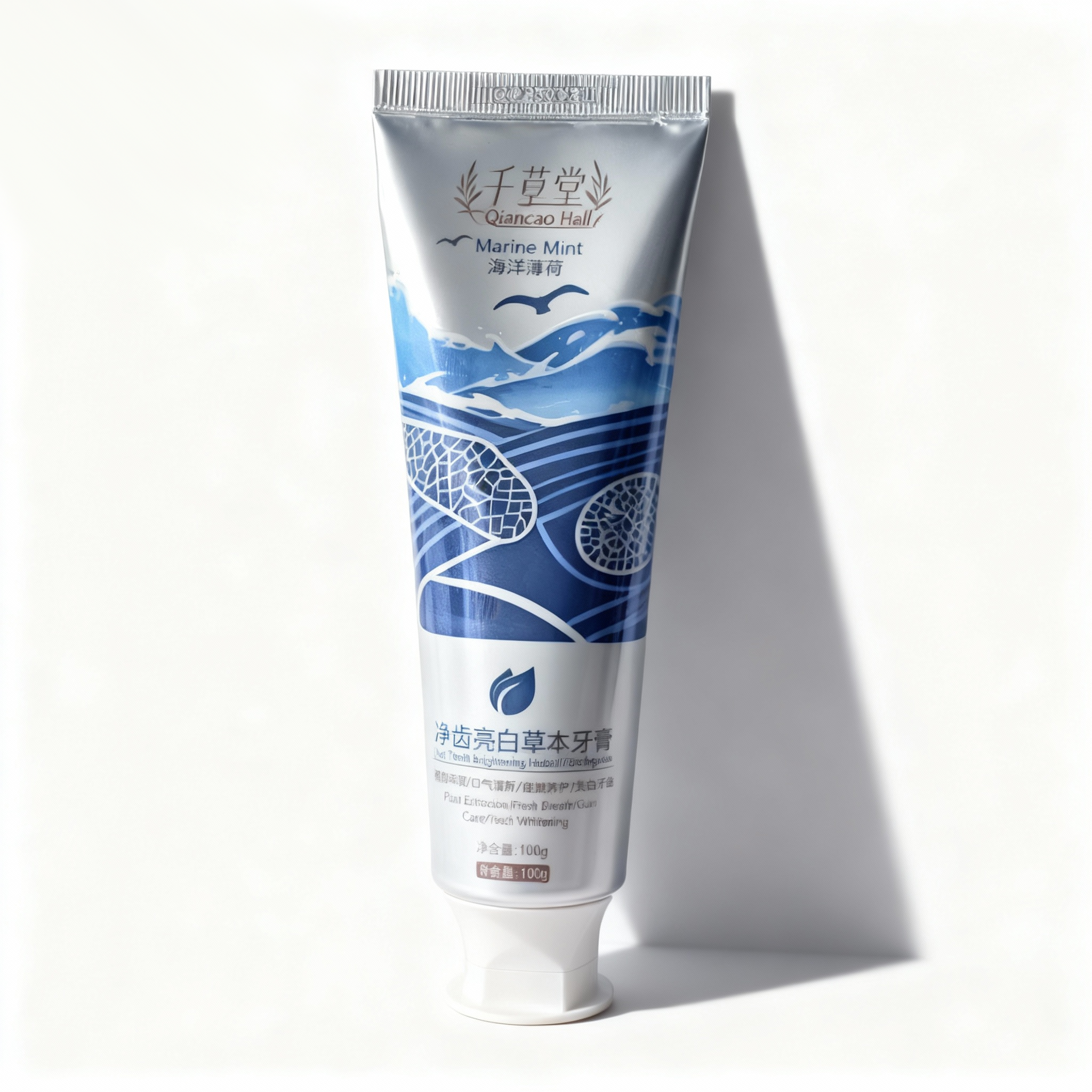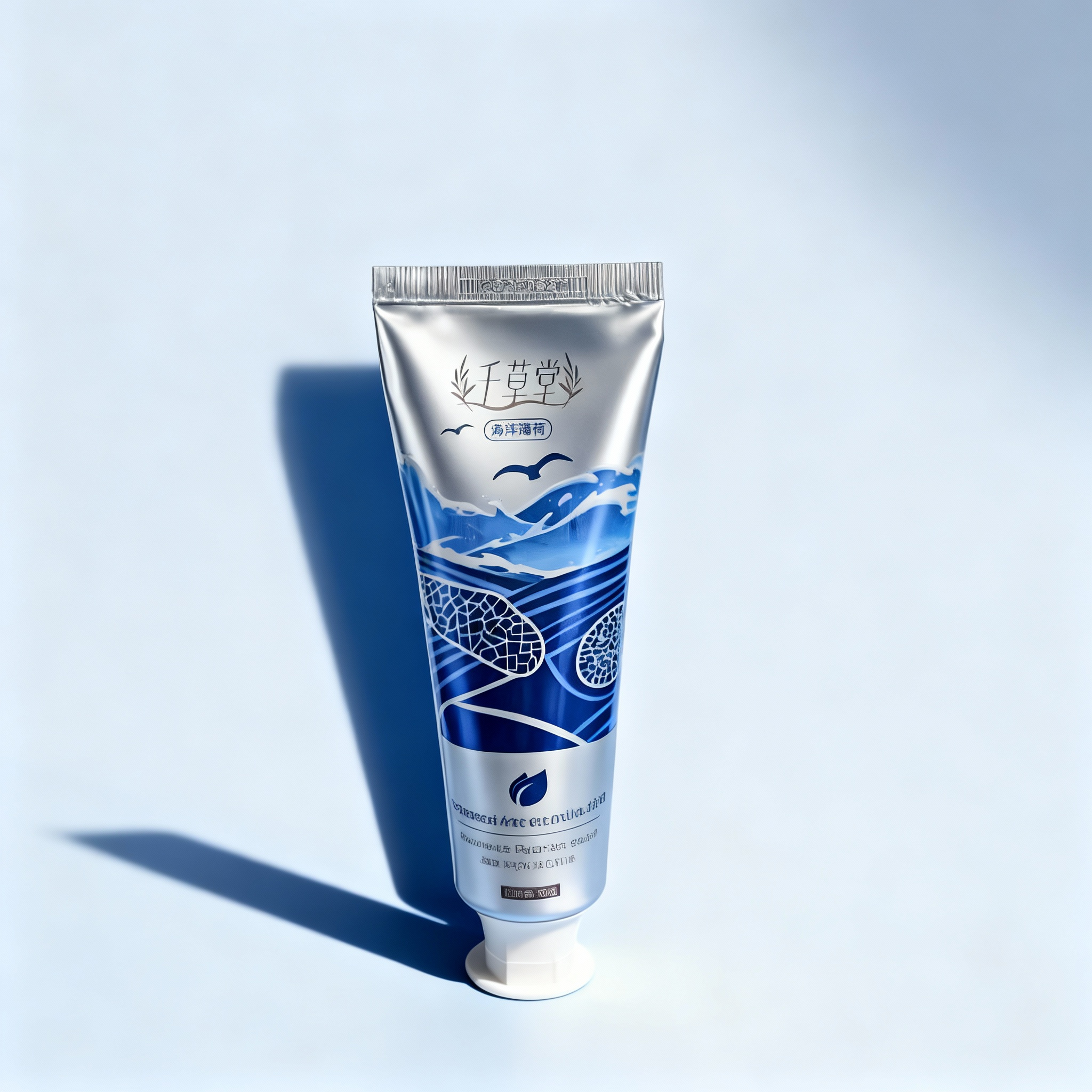
Study on the Application of Diatomite in Odor Removal of QianCaoTang Toothpaste
Introduction
Oral malodor is a common oral health issue that not only affects social confidence but may also indicate underlying oral or systemic health problems. As consumers increasingly demand multifunctional oral care products, toothpaste with odor-removing properties has gained significant attention.
Traditional deodorizing ingredients—such as baking soda and activated carbon—each have their own advantages and limitations. In recent years, diatomite, a natural mineral-based ingredient, has shown promising potential in oral odor control due to its unique physicochemical properties.
Diatomite is a biogenic sedimentary rock formed from the fossilized remains of ancient diatoms, primarily composed of amorphous silica (80–90%). It features a highly porous network structure, large specific surface area, and strong adsorption capacity. This study aims to systematically explore the application of diatomite in toothpaste deodorization, analyze its odor-removal mechanisms, evaluate its effectiveness against different types of oral malodor, and compare it with conventional deodorizing agents. Additionally, the influence of diatomite addition on product stability and sensory performance is discussed, providing a theoretical basis for its application in oral care formulations.

Mechanisms of Odor Removal by Diatomite in Toothpaste
1. Physical Adsorption Mechanism
The deodorizing effect of diatomite primarily relies on its physical adsorption capability, which is closely related to its microstructure.
Diatomite possesses a “molecular sieve-like” porous structure composed of abundant nanometer-sized pores, endowing it with exceptional adsorption capacity. When in contact with malodor molecules, these compounds are trapped within the pores of the diatomite, effectively eliminating odors from the oral cavity.
From a physicochemical standpoint, the adsorption process involves several key interactions:
-
Van der Waals adsorption: Non-specific molecular interactions—such as dispersion, induction, and orientation forces—occur between the diatomite surface and odor molecules.
-
Electrostatic interaction: In oral environments with pH > 5, the diatomite surface carries a negative charge, which attracts positively charged odor molecules through electrostatic forces.
-
Hydrogen bonding: The surface silanol groups (Si–OH) of diatomite can form hydrogen bonds with polar functional groups (–OH, –NH₂, –COOH) present in odor molecules, enhancing adsorption stability.
2. Chemical Adsorption and Catalytic Effects
In addition to physical adsorption, diatomite may also participate in chemical adsorption and catalytic degradation of odor compounds.
Studies indicate that active sites on the diatomite surface can chemically react with volatile odor molecules to form more stable compounds. Furthermore, diatomite can act as a mild catalyst to accelerate the decomposition of certain odor substances, thus achieving a synergistic deodorizing effect.
Importantly, adsorption efficiency is closely related to particle size. Research shows that diatomite particles within the 10–28 μm range, particularly around 15 μm, provide optimal odor adsorption performance. At this scale, diatomite maintains a balance between high surface area and good dispersibility, ensuring maximum molecular contact efficiency.
Interaction with Oral Odor Compounds
Oral malodor is primarily caused by volatile sulfur compounds (VSCs)—such as hydrogen sulfide, methyl mercaptan, and dimethyl sulfide—as well as indoles and skatoles produced by protein degradation. The adsorption behavior of diatomite toward these compounds has been experimentally verified:
-
Adsorption of volatile sulfur compounds: Diatomite effectively captures dimethyl sulfide and related VSCs, which are the major contributors to halitosis.
-
Adsorption of indolic compounds: Indole and its derivatives, another key group responsible for bad breath, are also efficiently adsorbed by diatomite.
-
Adsorption of other odor molecules: Diatomite additionally adsorbs small organic molecules generated from food residue decomposition, providing comprehensive oral deodorization.
Conclusion
Based on the analysis of diatomite’s role in toothpaste formulations, the core advantage of diatomite in odor control lies in its physical adsorption properties.
Its “molecular sieve” porous structure captures odor molecules through Van der Waals forces, electrostatic attraction (negatively charged when pH > 5), and hydrogen bonding, supplemented by chemical adsorption and catalytic degradation.
Particle sizes between 10–28 μm (with 15 μm being optimal) provide the best balance between surface area and dispersion, enabling effective adsorption of volatile sulfur compounds, indoles, and other key odor-causing substances—thereby improving overall oral freshness and hygiene.




